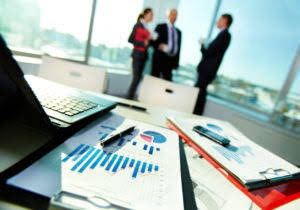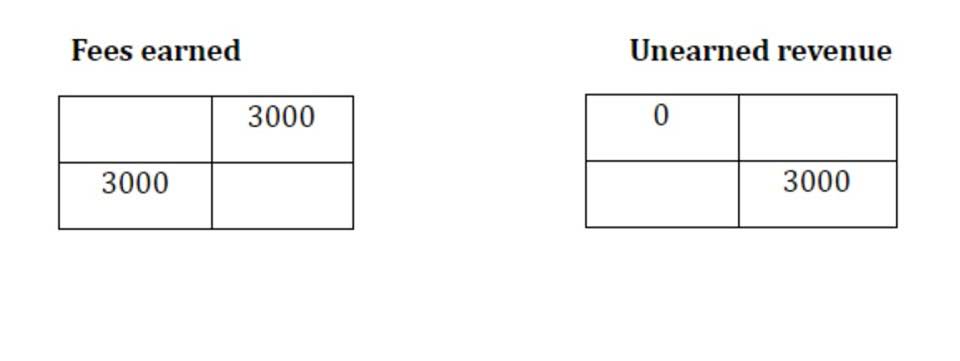
If your inventory costs don’t really change, choosing a method of inventory valuation won’t seem important. After all, if the first piece of inventory you bought was the same value as the last piece of inventory, there will be no difference in the calculation of your Cost of Goods Sold or ending inventory. The FIFO and LIFO methods impact your inventory costs, profit, and your tax liability.
Average Cost Method of Inventory Valuation
FIFO is an accepted method under International Financial Reporting Standards. Cost of Goods Sold, or COGS, is the amount of money a business pays to produce the number of goods sold in a given period. The products that are left in the warehouse are called remaining inventory. FIFO is the best method to use for accounting for your inventory because it is easy to use and will help your profits look the best if you’re looking to impress investors or potential buyers. It’s also the most widely used method, making the calculations easy to perform with support from automated solutions such as accounting software.
- Last in, first out (LIFO) is another inventory costing method a company can use to value the cost of goods sold.
- Companies have their choice between several different accounting inventory methods, though there are restrictions regarding IFRS.
- Therefore, it results in poor matching on the income statement as the revenue generated from the sale is matched with an older, outdated cost.
- The other 10 units that are sold have a cost of $15 each, and the remaining 90 units in inventory are valued at $15 each, or the most recent price paid.
- Typical economic situations involve inflationary markets and rising prices.
Pro: Often reflects actual inventory movement
The higher valuation tends to be more realistic during inflationary periods compared to other techniques like weighted average costing. The more recent $1.50 cost would show up on the balance sheet as ending inventory. Although the ABC Company example above is fairly straightforward, the subject of inventory and whether to use LIFO, FIFO, or average cost can be complex. Knowing how to manage inventory is a critical tool for companies, small or large; as well as a major success factor for any business that holds inventory.

What’s the difference between FIFO and LIFO?

At the end of the year 2016, the company makes a physical measure of material and finds that 1,700 units of material is on hand. Charlene Rhinehart is a CPA , CFE, chair of an Illinois CPA Society committee, and has a degree in accounting and finance from DePaul University. To think about how FIFO works, let’s look at an example of how it would be calculated in a clothing store. FIFO is the more straightforward method to use, and most businesses stick with the FIFO method. With real-time, location-specific inventory visibility, intelligent cycle counts, and built-in checks and balances, your team can improve inventory accuracy without sacrificing operational efficiency. For brands looking to store inventory and fulfill orders within their own warehouses, ShipBob’s warehouse management system (WMS) can provide better visibility and organization.
Which of these is most important for your financial advisor to have?

It’s also an accurate system for ensuring that inventory value reflects the market value of products. It is also the most accurate method of aligning the expected cost flow with the actual flow of goods, which offers businesses an accurate picture of inventory costs. It reduces the impact of inflation, assuming that the cost of purchasing newer inventory will fifo accounting formula be higher than the purchasing cost of older inventory. GAAP (Generally Accepted Accounting Principles) and IFRS (International Financial Reporting Standards). It is one of the two main inventory valuation methods, along with LIFO (Last In, First Out). In summary, the FIFO method assumes oldest inventory is sold first, and newest inventory remains unsold.
The FIFO method impacts how a brand calculates their COGS and ending inventory value, both of which are always included on a brand’s balance sheet at the end of a financial accounting period. It is an alternative valuation method and is only legally used by US-based businesses. The inventory methods used by the companies whose stock is publicly traded are under the Summary of Significant Accounting Policies Form 10-K. The Summary of Significant Accounting Policies appears as the first or second item in the Notes section of the financial statements. Yes, FIFO is still a common inventory accounting method for many businesses.



